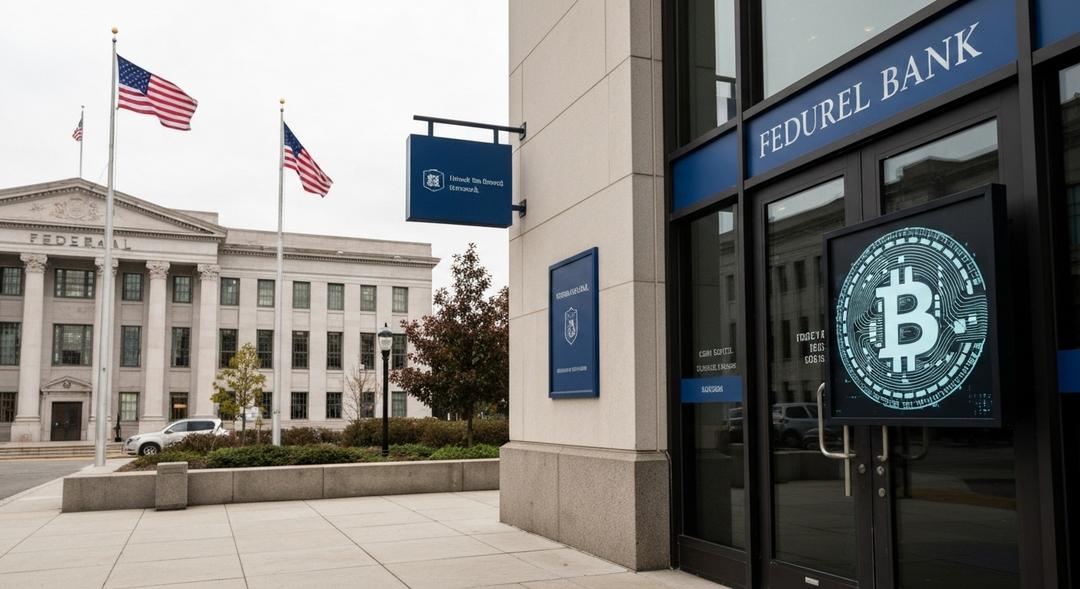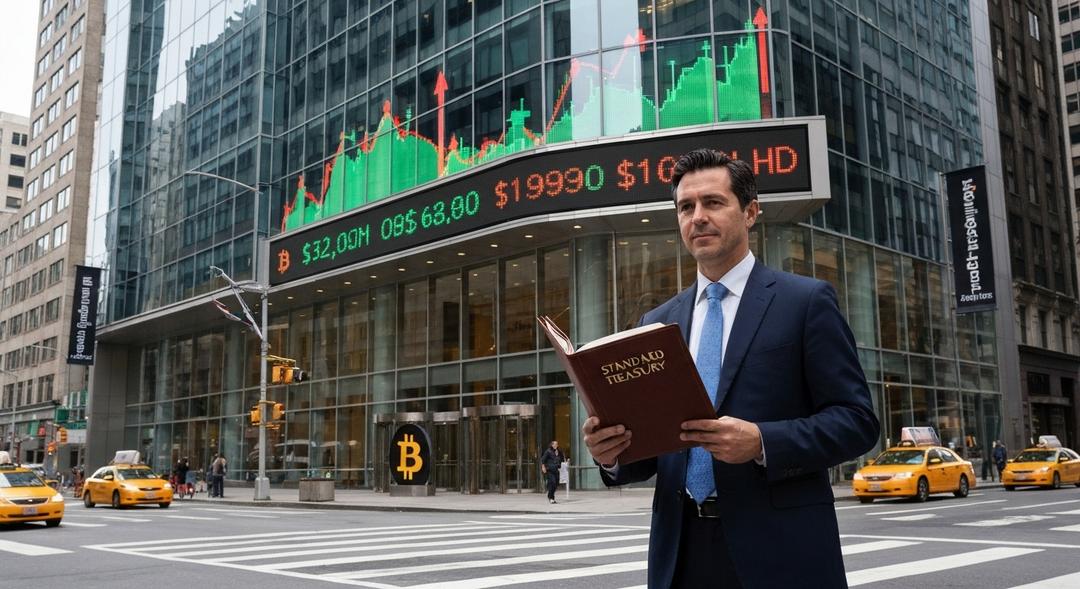The Federal Reserve has shifted its approach to overseeing crypto activities in the banking sector. This latest move marks a significant departure from special oversight programs and aligns with changing attitudes among regulators.
Earlier, the central bank operated a dedicated program focused on monitoring banks’ involvement with crypto technologies. That initiative, created under Vice Chairman Michael Barr, had been meant to scrutinize how traditional financial institutions handle digital assets and adapt to emerging technology risks.
Now, the Fed is dissolving this specialized supervision. Instead, it will review crypto-related risks using the same framework it applies to other banking activities.
The decision reflects a broad trend among banking regulators toward less restrictive measures on digital assets. Similar moves by the Office of the Comptroller of the Currency and the Federal Deposit Insurance Corporation in the spring resulted in the removal of earlier requirements that institutions gain advanced approval before entering the crypto market.
Banks now have discretion when exploring crypto ventures, provided they adhere to established risk management protocols. Such adjustments have eased concerns within the industry, where many saw the prior rules as overly strict and hindering innovation.
The original motivation for the additional oversight followed the 2023 collapse of several banks closely involved with the digital asset sector. After those high-profile incidents, authorities introduced extra protections to make sense of rapidly developing products and safeguard deposits in a shifting landscape.
During the two years of enhanced scrutiny, the central bank says it developed better insight into crypto-related risks. With increased confidence in its ongoing supervisory processes, the Fed believes direct integration of these duties is sufficient to maintain financial stability.
Some voices in the digital asset space have alleged that previous regulations were designed to exclude crypto firms from the mainstream banking system. They point to instances where organizations reportedly lost access to essential banking services during the more cautious regulatory era.
Political influences have also played a role in this transition. With new officials taking leadership roles, policies have become more accommodating. Many industry participants view this as a sign of growing acceptance and recognition for digital currencies within the U.S. financial system.
Although critics worry that relaxed rules could increase vulnerabilities, advocates argue that a measured, risk-based approach can enable sustainable innovation. The debate continues, but the prevailing mood among policymakers leans toward integrating novel technologies rather than isolating them.
Global trends have shown that prudent engagement with emerging finance tools is more productive than attempting to exclude them altogether. As other countries update their own regulatory policies, the United States’ evolving strategy may encourage the banking sector to responsibly explore opportunities in the digital asset sphere.
For those looking to participate in digital asset markets, opportunities abound. Interest in ventures like cloud-based mining continues to grow, and many individuals and businesses are eager to Start Cloud Mining to access the benefits of decentralized finance products.
In today’s financial climate, continual reassessment ensures that safeguards keep pace with evolving risks. The integration of digital asset oversight into standard supervisory procedures marks a commitment to a flexible but vigilant regulatory stance.
Banks are now expected to monitor and manage any new risks with the same rigor applied to conventional products. Oversight adapts not only to new technology but also anticipates future developments in a fast-moving industry.
With this shift, U.S. regulators signal an expectation that banking innovations can coexist with strong risk management. The revised approach gives financial institutions more autonomy while maintaining the tools necessary for oversight.
As the industry matures, further policy changes will likely balance innovation with the need for dependable consumer protections. The financial system gains resilience when oversight practices evolve to match the speed and nature of technological change.
Regulatory agencies remain alert to challenges posed by digital assets but no longer see the need for extraordinary measures. Trust in established supervisory mechanics reflects both experience gained and improved industry standards over recent years.
Banks venturing into crypto activities must remain diligent. The expectation is not elimination of risk, but a demonstration of robust systems that respond quickly to any operational or market developments.
Conclusion
The Federal Reserve’s retreat from special crypto supervision marks a new chapter in U.S. financial oversight. A more open regulatory environment offers room for innovation while still emphasizing accountability and risk awareness.
As expectations for the banking sector shift, both regulators and participants will continue to adapt. With this change, opportunities for responsible engagement in digital assets are poised to expand, supporting progress in the nation’s evolving financial landscape.

Ewan’s fascination with cryptocurrency started through his curiosity about innovative technologies reshaping the financial world. Over the past four years, he has specialized in cloud mining and crypto asset management, diving deep into mining contracts, profitability analysis, and emerging trends. Ewan is dedicated to helping readers understand the technical and economic aspects of crypto mining, making complex information accessible and actionable.




